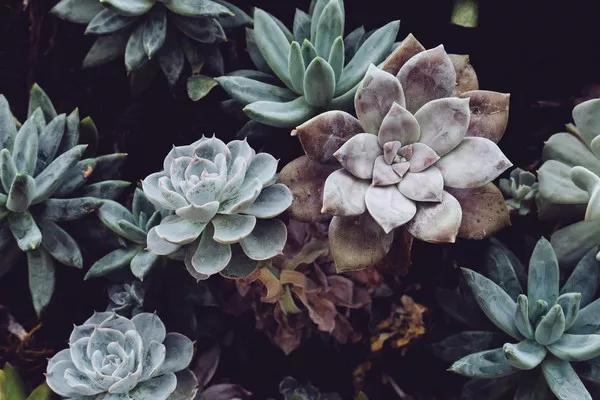Crested succulents, with their mesmerizing and otherworldly forms, have captivated the hearts of gardening enthusiasts and collectors alike. These fascinating mutations create intricate patterns and crests, adding an element of whimsy to any succulent collection. Propagating crested succulents allows you to preserve and share these captivating traits. In this comprehensive guide, we delve into the art of propagating crested succulents, exploring methods, care tips, and the joys of cultivating these extraordinary plants.
Unveiling the Wonder of Crested Succulents
Before diving into propagation techniques, let’s first understand what makes crested succulents so special. Cresting, also known as fasciation, occurs due to a genetic mutation that causes the succulent’s growth to flatten and fan out, resembling the intricate patterns of coral or waves. This phenomenon creates visually stunning and unique specimens that stand out in any succulent collection.
Propagation of Crested Succulents: Methods and Techniques
Propagating crested succulents allows you to share the beauty of these mutations while also ensuring the preservation of their distinctive characteristics. Here are some propagation methods to consider:
1. Offsets or Pups: Many crested succulents produce offsets or pups—smaller growths that emerge near the base of the main crest. Gently remove these offsets with a clean, sharp knife or scissors, ensuring that each pup has some root tissue attached. Allow the offsets to callous for a day or two before planting them in well-draining succulent soil.
2. Leaf Cuttings: In some cases, you can propagate crested succulents from individual leaves. Gently twist or cut a healthy leaf from the main crest, ensuring that you have a clean break. Allow the leaf to callous for a few days, then place it on top of well-draining soil. Over time, new rosettes or pups may emerge from the base of the leaf.
3. Stem Cuttings: For succulents with stem-like growth, you can propagate by taking stem cuttings. Cut a healthy section of the stem, ensuring that it includes at least one node (the area from which leaves emerge). Allow the cutting to dry and callous, then plant it in succulent soil, burying the node in the soil.
Caring for Propagated Crested Succulents
Successfully propagating crested succulents involves providing proper care to the new plants. Here’s what you need to know:
1. Choosing the Right Soil: Use a well-draining succulent or cactus mix for planting your propagated crested succulents. Ensure that the soil provides excellent drainage to prevent waterlogging and root rot.
2. Proper Watering: Water the newly propagated plants sparingly to avoid overwatering. Allow the soil to dry out between waterings. Mist the plants occasionally to provide a bit of humidity while they establish their roots.
3. Light Requirements: Place the propagated crested succulents in an area with bright, indirect sunlight. Avoid exposing them to intense, direct sunlight, as this can lead to sunburn and damage.
4. Gradual Acclimatization: If you’re moving the propagated plants outdoors, do so gradually to prevent shock. Start by placing them in a shaded area and gradually increase their exposure to sunlight over the course of a week or two.
5. Monitoring Growth: Keep an eye on the growth and development of the propagated crested succulents. Over time, you’ll witness the formation of new rosettes and unique patterns, which are the hallmarks of crested succulents.
Joy in Cultivating Crested Succulents
Cultivating crested succulents can be a rewarding and satisfying endeavor. Watching the new rosettes and growth patterns emerge from your propagated plants is a delightful experience. Here are some additional insights and tips to enhance your journey:
1. Patience is Key: Crested succulents can take some time to establish and grow, so be patient. Don’t be discouraged if you don’t see rapid growth; the results are well worth the wait.
2. Variety of Species: Cresting can occur in various succulent species, including Echeveria, Sempervivum, and even cacti. Explore different species to discover the full range of crested forms.
3. Gentle Handling: When handling crested succulents, be gentle to avoid damaging the delicate growth patterns. This is especially important when working with offsets and cuttings.
4. Sharing the Beauty: As your propagated crested succulents flourish, consider sharing the unique beauty of these plants with fellow succulent enthusiasts or friends. Propagated plants can make wonderful gifts.
Conclusion
Propagating crested succulents not only allows you to expand your succulent collection but also lets you become part of a journey that celebrates the wonder of nature’s mutations. By carefully nurturing new growth and observing the emergence of intricate patterns, you’ll gain a deeper appreciation for the artistry that crested succulents bring to gardening. Embrace the joy of cultivation, and revel in the magic of watching these extraordinary plants thrive and flourish in your care.


